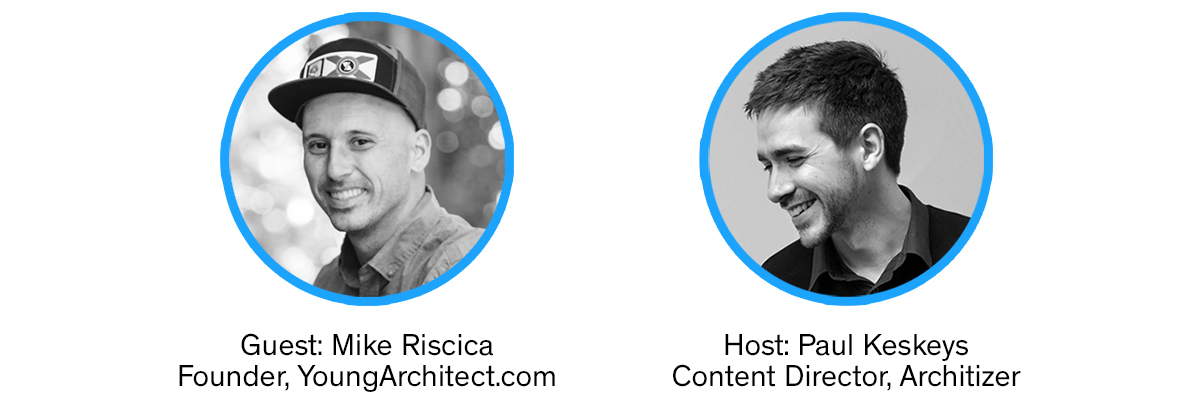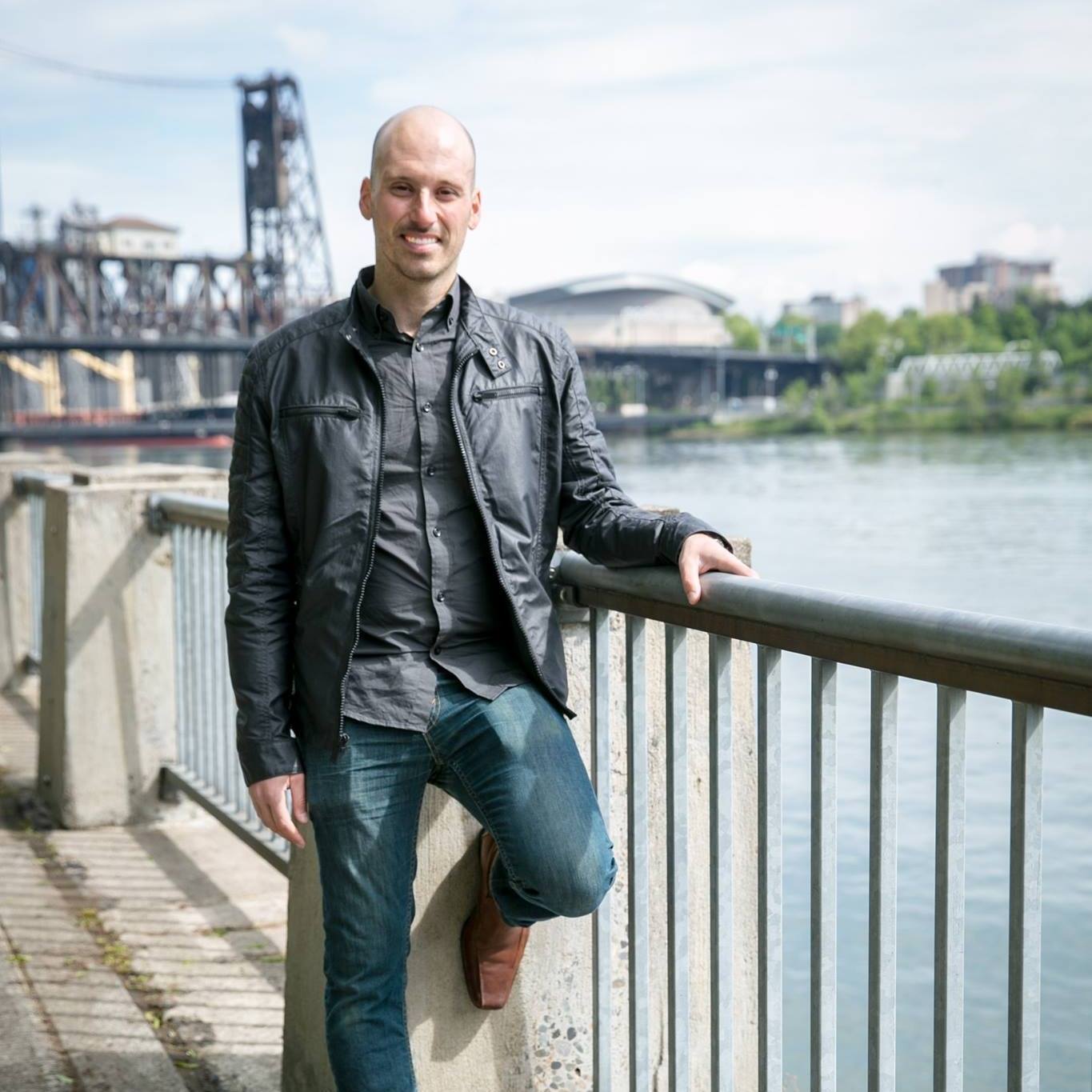Many talks highlight incredible work and great successes that architects have, but the path through profession is never as straightforward as starchitects may have you believe. It is through those more challenging moments, the mistakes we make, that we learn.
That’s why our new Live Series, Mistakes Well Made, poses a particular question to our guests: Tell us about a mistake you made or a challenge you faced early in your career, and how lessons learned from that moment helped make you who you are today. In our first episode, we challenged our guest Architect Michael Riscica from Orlando Florida, founder of Young Architect, with this exact question.
A truly global audience attended the live event — architects from Azerbaijan to India and the Netherlands to Vietnam tuned in — and Michael’s answers sparked a lively conversation amongst attendees. To reach an even wider audience, the recorded session is available free on-demand! Click the button below to watch now (note that you will need to register to access the recording):
In the meantime, enjoy nine nuggets of wisdom shared by Michael during the talk, ranging from toxicity in architecture school to the mentor-void in the profession and finding personal success in the myriad careers available to trained designers.

On common mistakes that you see others make when they start:
“One mistake I made a lot in architecture school, and I still see students doing it, is just taking themselves too seriously. But, guys, listen, it’s just architecture school. Have fun with it… It’s not going to ruin you if you mess something up.”
On study culture and some of the toxicity that can be found in architecture school:
“I think we have to be tested and pushed, and that’s where growth comes from. That’s where I’ve always grown. So I don’t think architecture school should be easy. They’re not there to give you a round of applause; they’re there to help you grow, to become better. So the competitive nature of it, I think it’s good when it’s healthy.”
That said, architecture school is not always the healthiest place, and I think there’s a lot more that can be done. I don’t believe that self-care is emphasized enough. As students, you’ve got to take care of yourself. You’re not going to become a great architect if you’re abusing yourself and just focusing on the work. You are more important than the work: it is just work.”
On deciding to work towards a professional license:
“I treated it as a ‘poor man’s graduate school.’ I didn’t need any more education… Studying for the architect exam is one of the best educations you can ever get in learning how to practice architecture — you literally learn it from the book.

On the error of looking at institutions as support systems:
“I think a lot of the times we give these institutions more credit [than they deserve]. I think what’s more valuable is… finding your own support community rather than waiting for these institutions to bring it to you. I think that was another mistake that I made for a long time.”
On the mentor-void in architecture:
“I think a lot of young people look at it as if they’re looking for this magical genie mentor that’s going to hold their hand and help them get that job and help them navigate their way through this career and it’s going to guide the path for them, and it doesn’t exist. You’re never going to find it if you’re looking for it.”
On mentors not being one size fits all:
“I’ve never really had just one good mentor, I’ve had thousands of mentors, I’ve read great books that I’ve learned from, I’ve listened to podcasts by people who inspire me and watched great movies. I’ve gotten so much information from other places out there, and rather than looking for just one mentor.
My advice to young people looking for mentorship is: hire for the job. You wouldn’t hire an exterior contractor to do interior work at your house. You wouldn’t hire your demolition contractor to paint your house. So, find a good mentor for whatever you’re trying to succeed in.”

On the next generation:
“You don’t have to be very far along in your architecture career to help other people succeed. Really, looking laterally, mentorship doesn’t always have to come from someone older than you; there are people younger than you that have a lot to teach you. You need to be open to that idea.
Let’s be the generation that gets away from this ‘every man or woman for themselves,’ and let’s work together, and if one of us can be successful, all of us can be successful. Let’s mentor each other. “
On risk-taking, failure and growth:
“Growing up in the American education system, we are trained to avoid taking risks. We are taught that failure is bad…rather than being a failure, failure is part of the stepping stones of getting to somewhere great.. It’s what makes whatever you’re working towards even better.
My advice for young people is to take risks. You have more opportunities, and there are fewer repercussions the younger you are in your life. So take risks, and take as many risks as you can.”
On architecture as an umbrella:
“There’s so much variety in this profession. Your passion might be doing BIM or renderings or running Architizer, but having that background and that education will still come into play. The beautiful thing about architecture is that under that architecture umbrella, there are a million different avenues you can go down.
For a long time, one of the biggest mistakes I made was thinking that I need to be an “architect” when actually I shined most of my career when I wasn’t the architect, and I played the role of the “owner.” I’m a really good owner. I’m a better owner than I am an architect.”
All quotes taken from the inaugural episode of Architizer’s new live series, Mistakes Well Made. The recorded session is available for free on-demand! Click the button below to watch now (note that you will need to register to access the recording):









